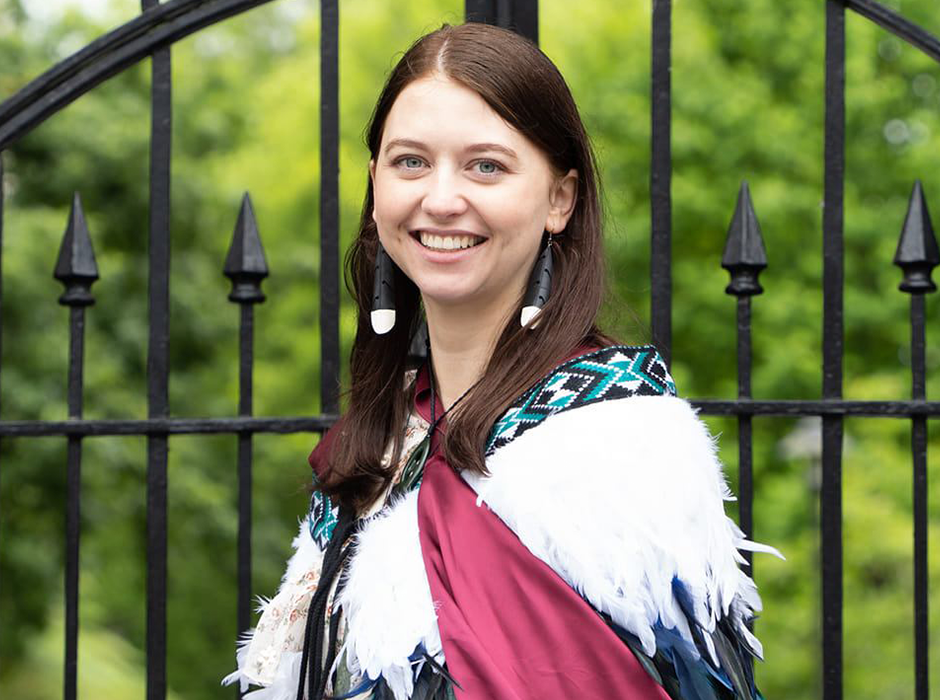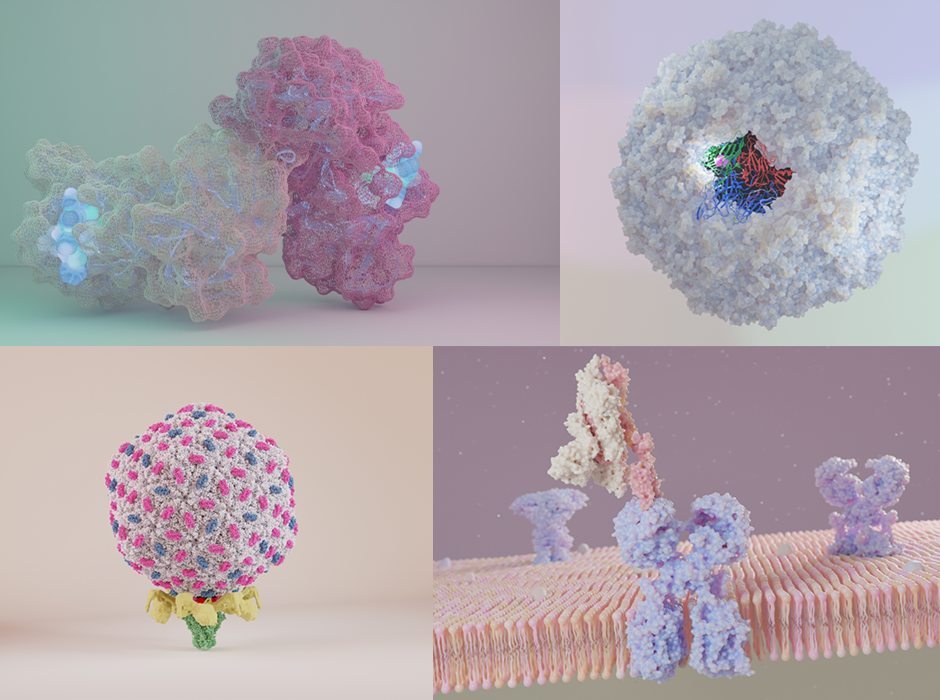
Dr Alice Eruera (Ngāpuhi), is a cryo-electron microscopist and virologist. She creates 3D models and artworks of viruses.
Dr Alice Eruera (Ngāpuhi) unlocks the mysteries of our world through the lens of a microscope. In addition to modelling the microscopic world, Alice is the first to be appointed to the new role of Division of Health Sciences Māori Postdoctoral Fellow.
Being her first position since completing her PhD, Alice says she’s elated to have received this opportunity.
“I feel very proud and know my whānau and tūpuna are proud of me too,” she says.
“I have never had the honour of being the ‘first’ before and so it’s a privilege that makes me feel welcomed in the space and like my expertise is valued.
“I have an amazing team on my waka that make coming to work every day an honour and joy and, while I’m still growing in my rangatiratanga [leadership] skills, my hope for this role is to support postgrad students’ own rangahau [seeking of knowledge].”
Alice came to the University of Otago from Whangārei in 2014 to do her bachelor’s degree because she believes the University is renowned for having the best Microbiology and Immunology department in the whole country.
She says she will always have a strong connection to Te Tai Tokerau but considers Ōtepoti to be another one of her homes, even adopting some of the Kai Tahu dialect in her te reo speech much to the playful teasing of her whānau.
Alice graduated with her PhD in 2022 making her a cryo-electron microscopist and a virologist researching the structures of viruses.
This means she investigates what viruses, including SARS-related coronaviruses, noroviruses, hepatitis E virus and bacteriophages, look like and creates 3D models of this to understand how they work, infect, and evolve over time.

Clockwise from top left: Two stylized norovirus protease dimers with a glowing drug in the active site; Seneca valley virus, with a piece of the capsid removed to reveal a mutation (pink sphere) which conveys thermostability properties; Coronavirus spike (pink and beige) bound to human ACE2 receptor (purple); and Bacteriophage PhiM1, this bacteriophage has a short tail (green), and a ring of tail fibers (yellow).
These kinds of models can be used to design drugs or vaccines and demonstrate practically how viruses bind to the host cell and infect.
Since viruses are extremely small, this kind of research requires specialised technical biochemistry and biophysics strategies.
After collecting the data, she builds models that represent the exterior of a virus or its proteins, empowering other kairangahau [researchers] to continue developing defensive strategies against viruses.
“To me, this new Postdoctoral Fellowship position is like being both a student and a teacher at the same time - still learning myself while also teaching others - and so my goal is to just do my best.”
One of the first ways Alice would like to support postgraduate students, is by encouraging them to apply for the Health Sciences Māori Early Career Fellowship.
Applications for the Fellowships are open until Tuesday, 23 July. More information about them can be found here, and those interested can contact Howard Maxwell for support.
Kōrero by the Division of Health Sciences Communications Adviser, Kelsey Swart.